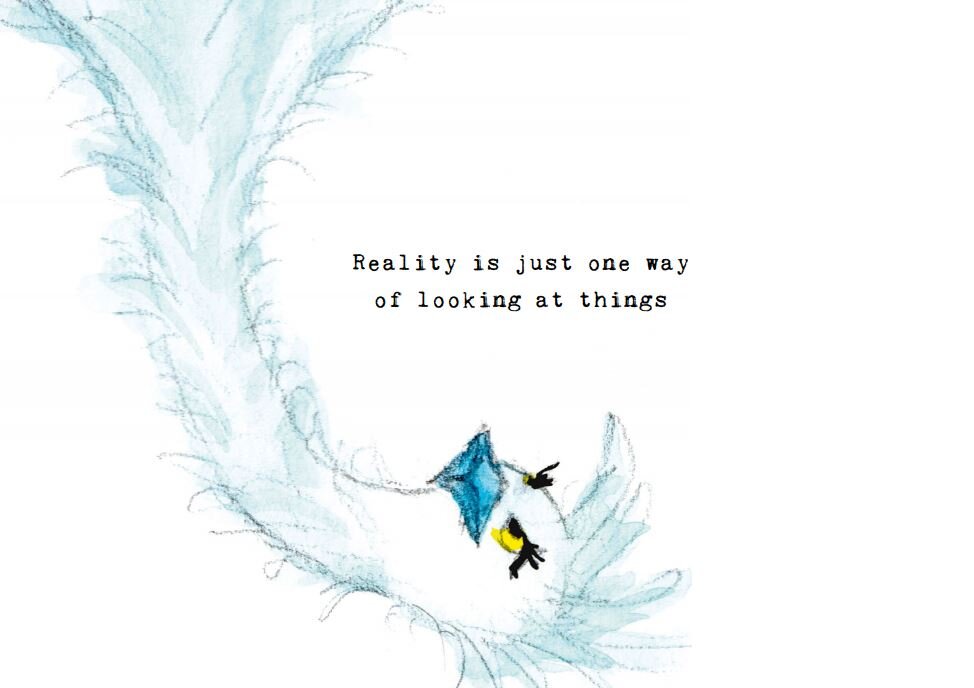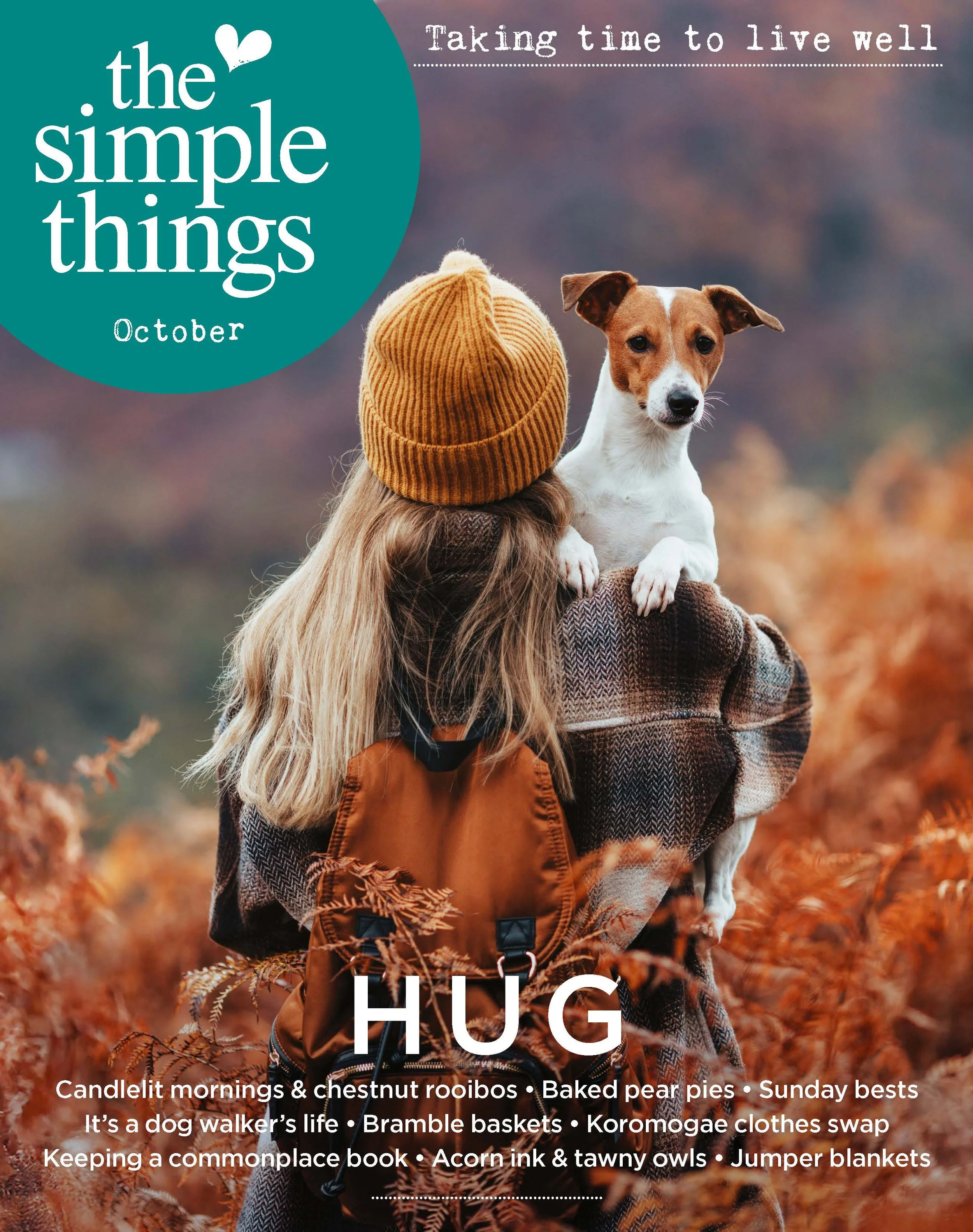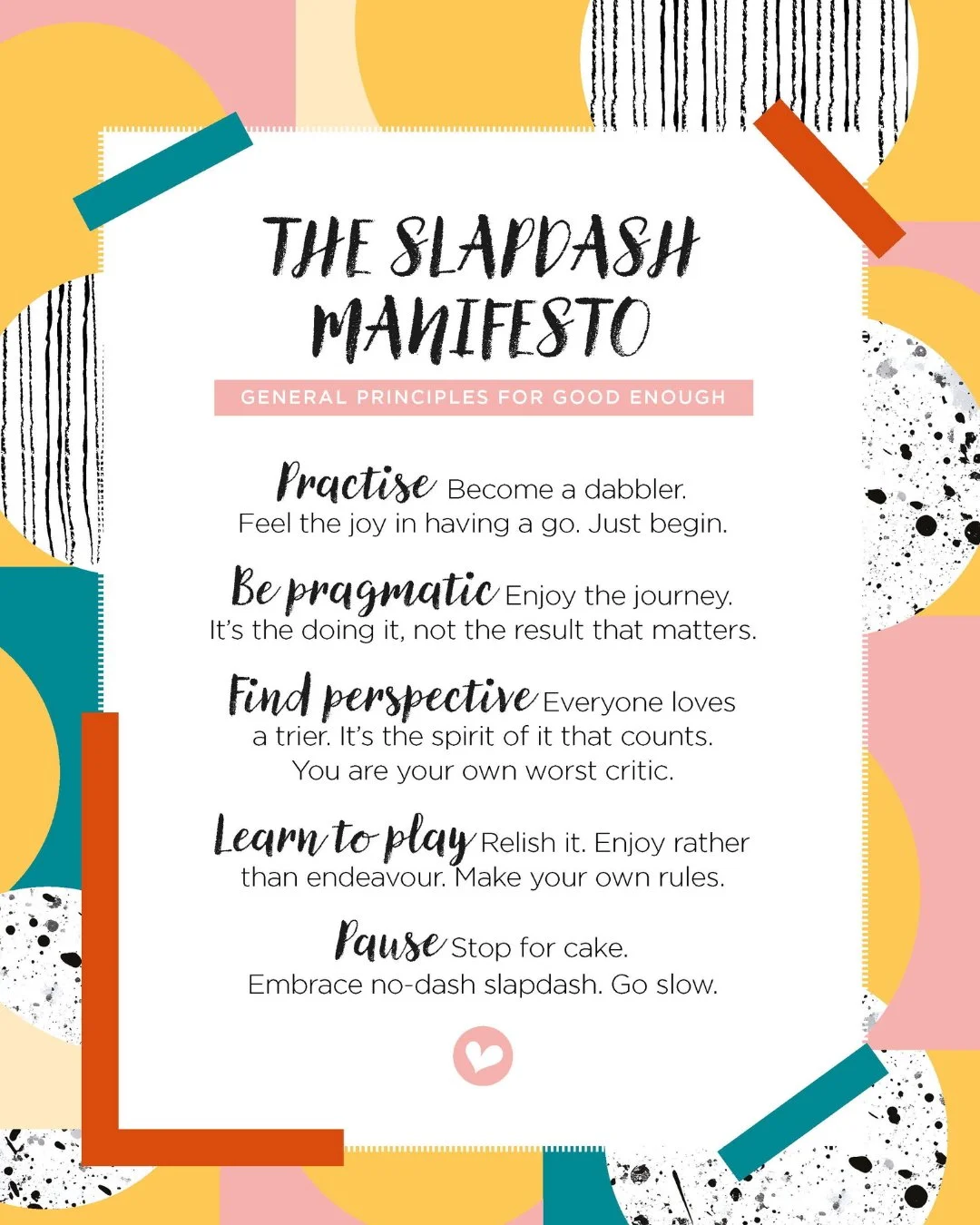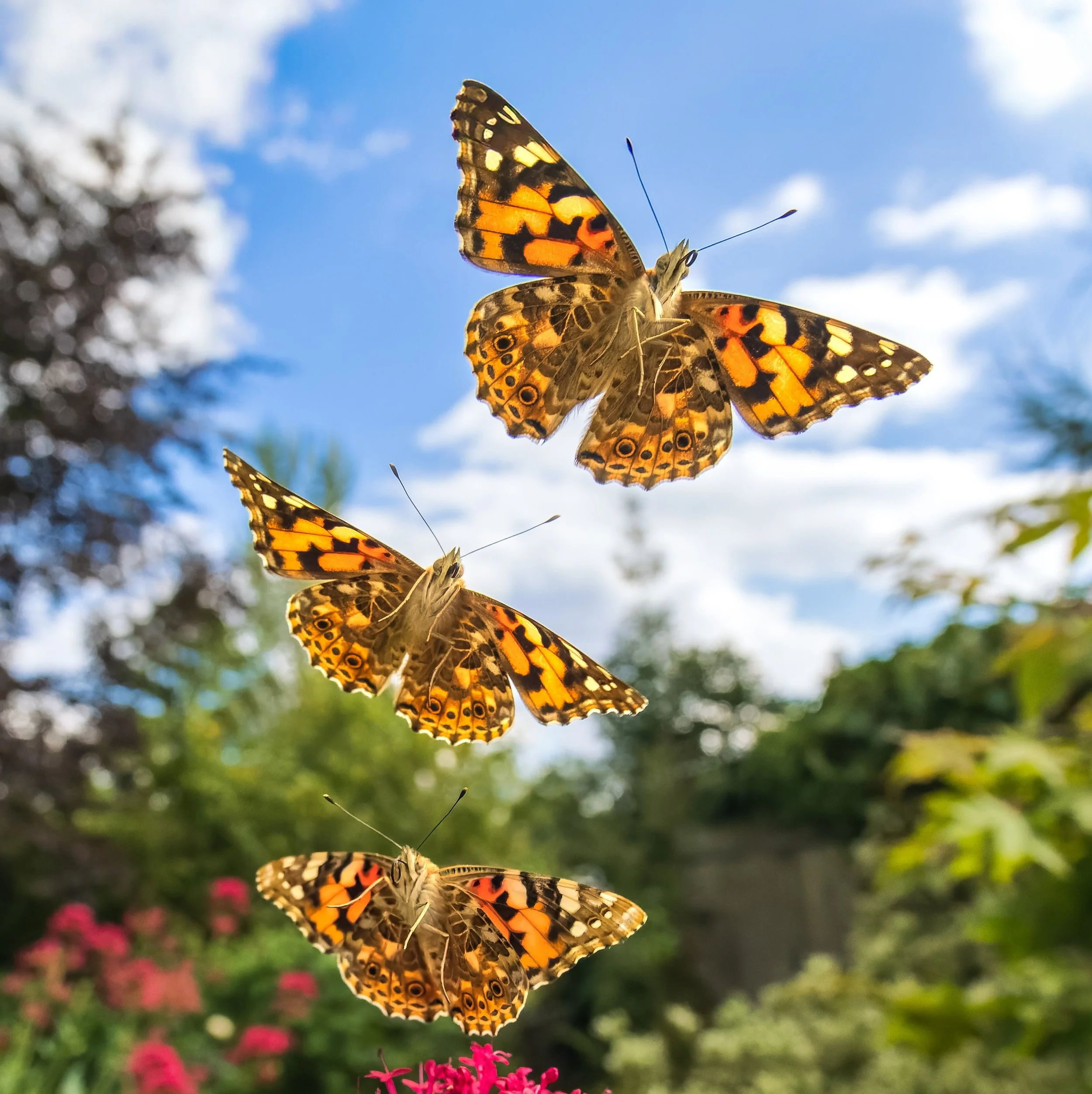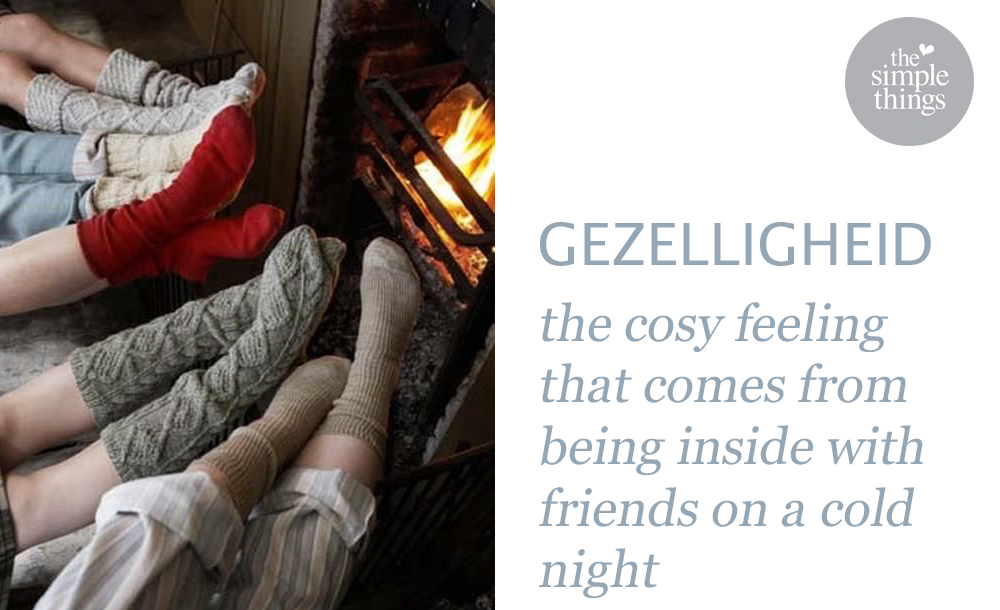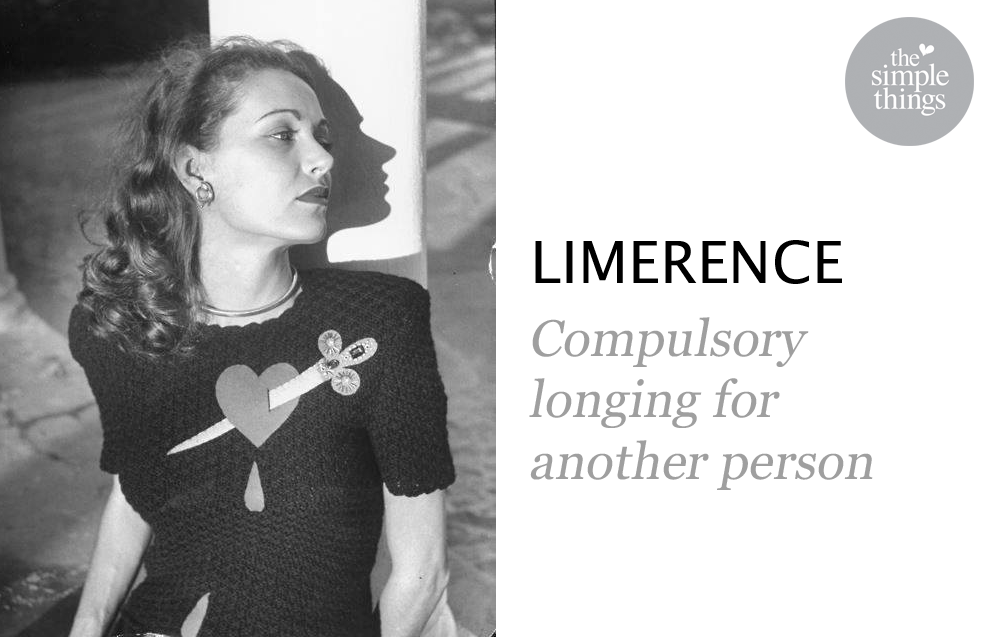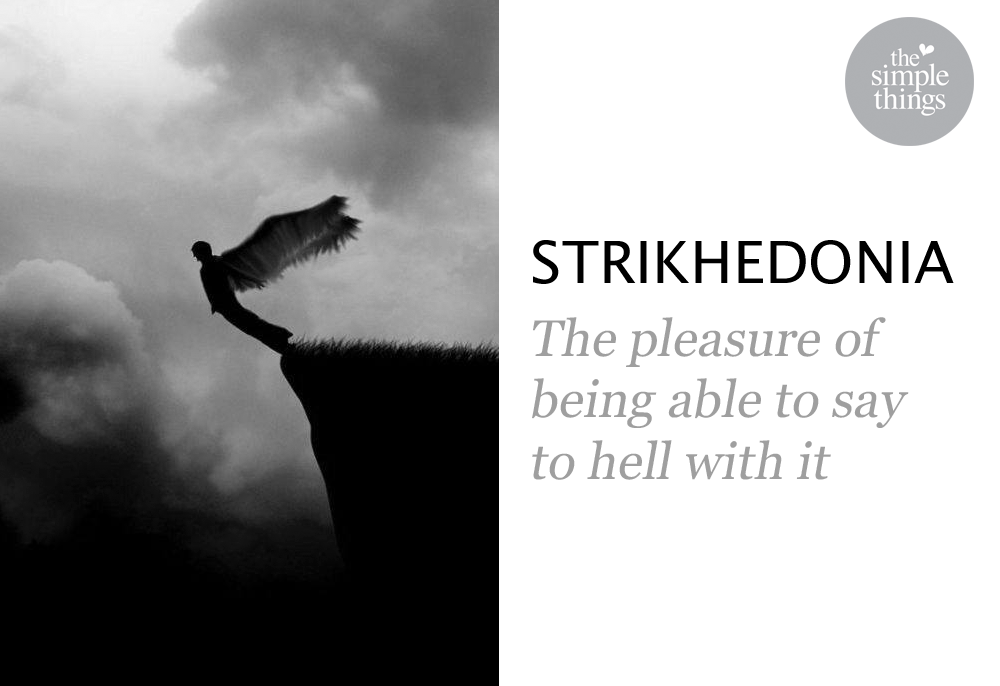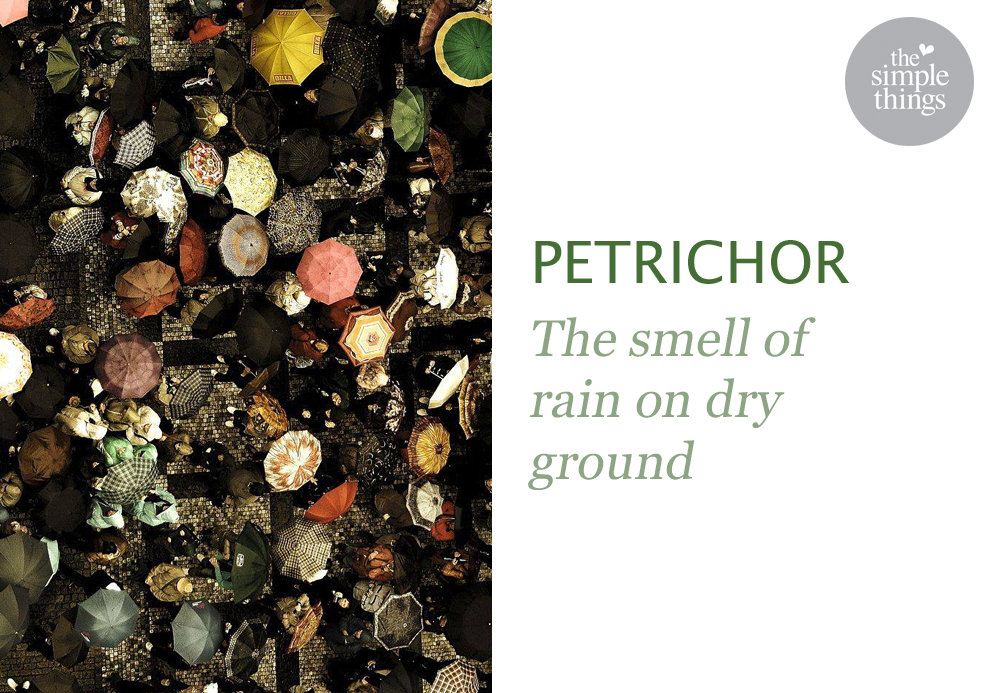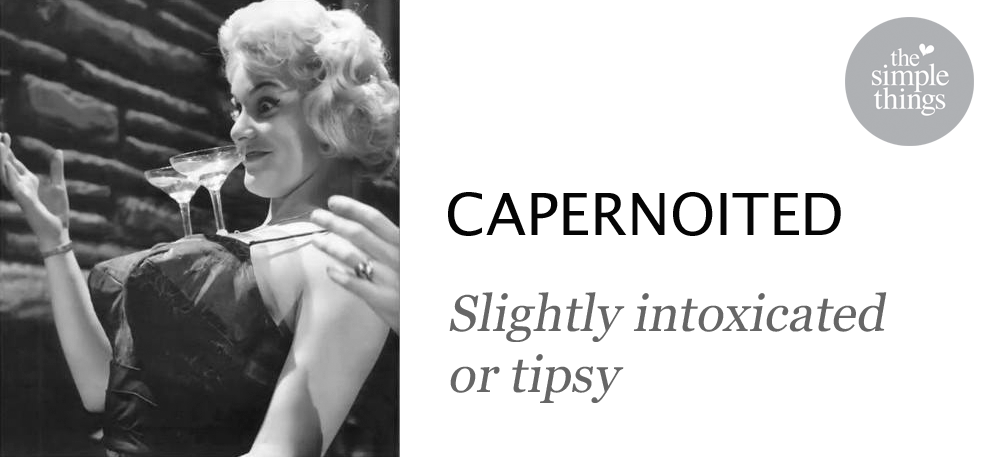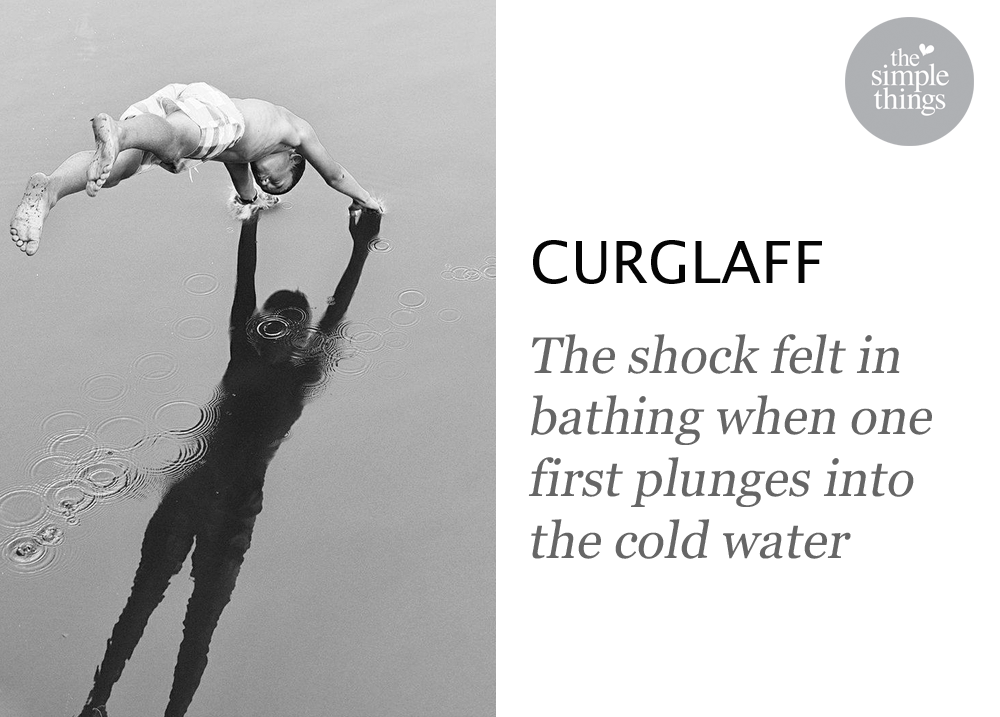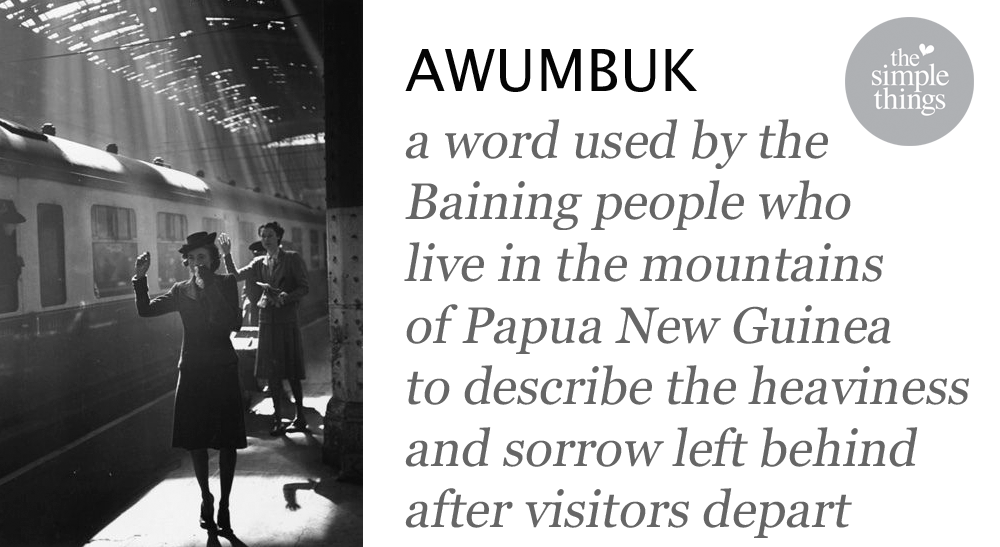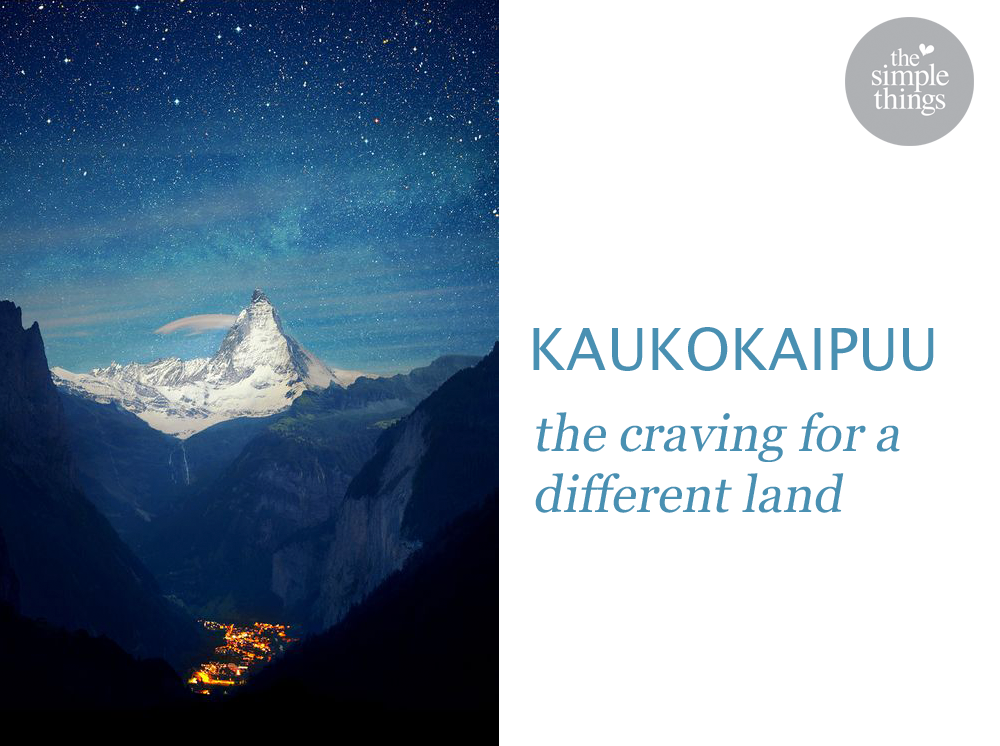When you’re visiting the latest exhibition, don’t get swept along with the crowds. A slow, mindful visit inspires the imagination and piques cultural curiosity.
We’re now more open to arts and culture than ever. Last year, visitor numbers to museums and galleries increased by six per cent compared to 2013, yet we only spend a measly 15–30
seconds looking at a painting. It’s easy to see why. Visit a major arts institution for a mega exhibition and you’d be forgiven for thinking it was a rock concert. The surge of the crowd towards the ‘hit’ paintings, the determined ‘me with Matisse’ selfies, the pressure to see the star turn – the whole experience can be exhausting. But we can choose to slow down. A gallery or museum isn’t somewhere to do battle before collapsing in the cafe, but an opportunity to calm the mind.
How to look at art slowly
1 Try to visit a gallery or museum in quieter times, such as early morning, late afternoon or evening.
2 Treat gallery walls like a postcard rack – we pick a postcard we like without hesitation, so have the confidence to do the same with great works of art.
3 Don’t spend ages reading the labels or listening to the audio guide.
4 Take time noticing and recognising your reactions. The piece might be showing what you need more of.
5 Don’t worry if you’re scratching your head at the meaning.
6 Remember, unless you have to write an essay, you’re there to feel, not learn.
Turn to page 80 of October’s The Simple Things for more of Loma-Ann Marks’ Arts in Mind feature.
Five must-see exhibitions for winter 2015/16
Ai Weiwei
Royal Academy of Arts
19 September — 13 December 2015
Ai became widely known in Britain after his sunflower seeds installation in Tate Modern’s Turbine Hall in 2010 but this is the first major institutional survey of his work ever held in the UK and it bridges over two decades of his extraordinary career. Curated in collaboration with Ai Weiwei from his studio in Beijing, the Royal Academy presentx some of his most important works from the time he returned to China from the US in 1993 right up to present day. Among new works created specifically for the RA’s galleries and courtyard are a number of large-scale installations, as well as works showcasing everything from marble and steel to tea and glass.
Works to Know by Heart: Matisse in Focus
Tate Liverpool
20 November 2015 – 2 May 2016
At almost three metres square, The Snail is one of Matisse’s largest and most significant paper cut-out works. Made by cutting and tearing shapes from paper hand painted by his assistants in a range of bright colours, Matisse began experimenting with this cut-out method in the late 1930s, adopting it wholeheartedly by the late 1940s when ill health prevented him from painting.
Shown alongside The Snail will be additional Matisse works from the Tate collection that span the genres of portraiture, landscape and still life, encompassing sculpture, painting and works on paper. Displaying works from 1899 onwards, Matisse in Focus will represent over 50 years of this giant of modern art’s fascinating and impressive career.
The World of Charles and Ray Eames
Barbican
21 October 2015 - 14 February 2016
Charles and Ray Eames are among the most influential designers of the 20th century. Enthusiastic and tireless experimenters, this husband and wife duo moved fluidly between the fields of photography, film, architecture, exhibition-making, and furniture and product design.
From personal letters, photographs, drawings and artwork, to their products, models, multi-media installations and furniture, The World of Charles and Ray Eames includes not only the designs for which they are best known, but provides an insight into the lives of the Eameses, the Eames Office and the breadth of their pioneering work, bringing their ideas and playful spirit to life.
Alexander Calder: Performing Sculpture
Tate Modern
11 November 2015 – 3 April 2016
American sculptor Alexander Calder was a radical figure who pioneered kinetic sculpture, bringing movement to static objects. Calder travelled to Paris in the 1920s, having originally trained as an engineer, and by 1931 he had invented the mobile, a term coined by Duchamp to describe Calder’s sculptures which moved of their own accord. His dynamic works brought to life the avant-garde’s fascination with movement, and brought sculpture into the fourth dimension. Continuing Tate Modern’s acclaimed reassessments of key figures in modernism, Alexander Calder: Performing Sculpture will reveal how motion, performance and theatricality underpinned his practice. It will bring together major works from museums around the world, as well as showcasing his collaborative projects in the fields of film, theatre, music and dance.
Evelyn Dunbar: The Lost Works
Pallant House Gallery
3 October 2016 - 14 February 2016
A remarkable collection of lost works by WW2 Official War Artist Evelyn Dunbar (1906–1960) goes on show for the first time, including highlights from an extraordinary hoard of previously unrecorded work discovered in the attic of a Kent Coast house. Included in the exhibition are other important rediscovered, unseen or rarely seen works by Dunbar from public and private collections.
Read more:
From the October issue
More mindfulness
Unusual words to describe emotions






